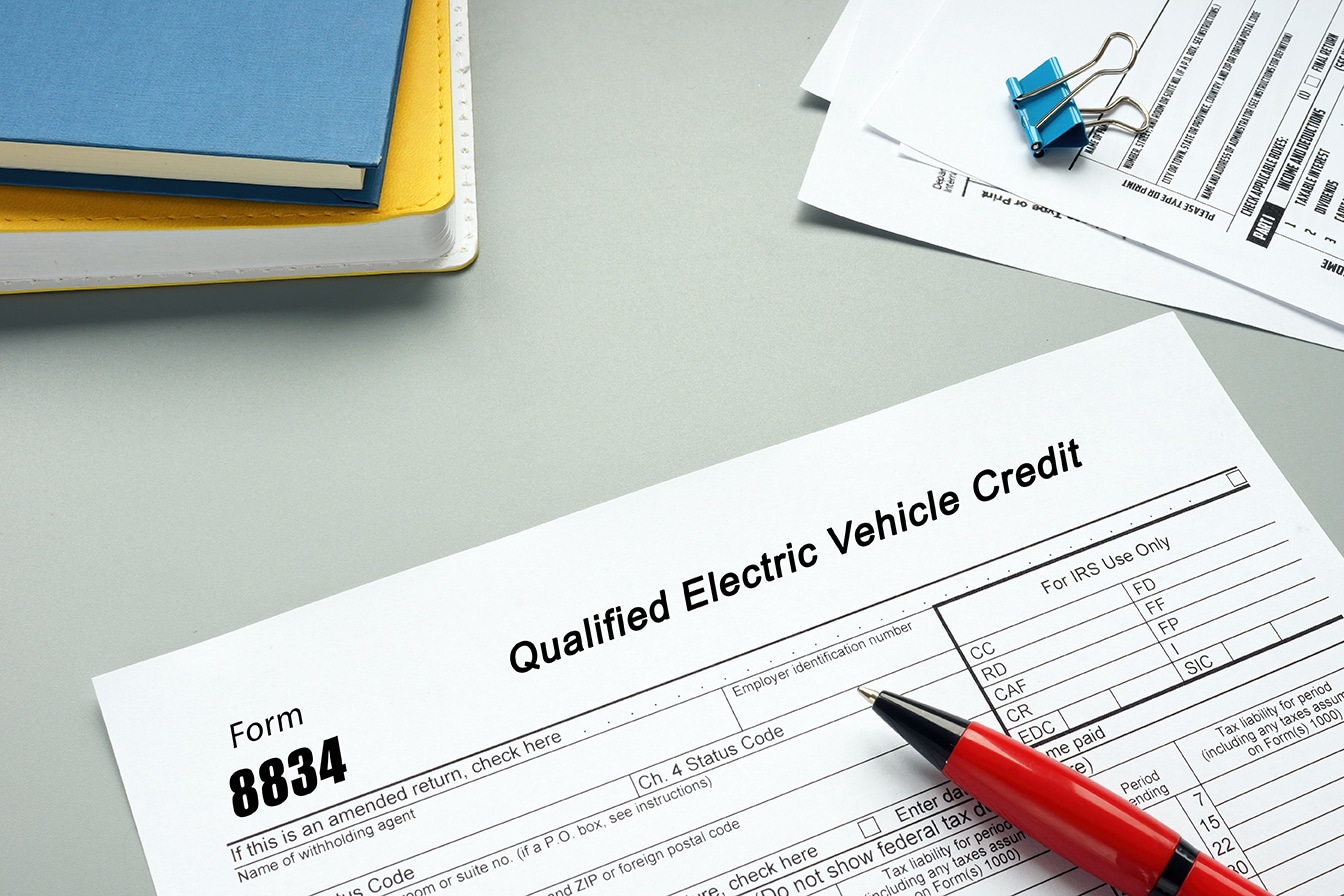Many vehicles are sold with many features. You might have the option to choose between AWD, 4WD, depending on which model it is. Many people mistakenly believe that they are the same thing. However, they are different systems. While it can be confusing to understand, the differences can be overwhelming. Let's go over each system in detail so you can make an educated choice about the right vehicle for you.
What is All-Wheel Drive?
An all-wheel driving system means that the engine powers both the front wheels and the rear. A full-time AWD option allows you to move all four of your wheels continuously. A part-time system works in its two-wheel mode but will switch to AWD when it is necessary.
AWD features work without the driver even having to engage it. However, there is a handful of models available that offer additional control options. Through a variety of differentials and couplings, all of the wheels will receive torque.
What is Four-Wheel Drive exactly?
You will typically find four-wheel drives in larger vehicles like trucks and SUVs. It utilizes a set of differentials in the front and center and transfers cases and couplings to transmit power to all four wheels.
4WD can send torque to all four wheels, just as AWD. You can also choose between low or high speeds when driving. This is typically done via an electronic switch or a lever. A low setting can give you the most traction for only slightly slick roads, like gravel, snow, or sand. However, a high setting will allow for maximum traction.
Joe Myers Toyota can provide more information about the differences between AWD versus 4WD. You can also call us during business hours to speak with an expert to answer all your questions.

